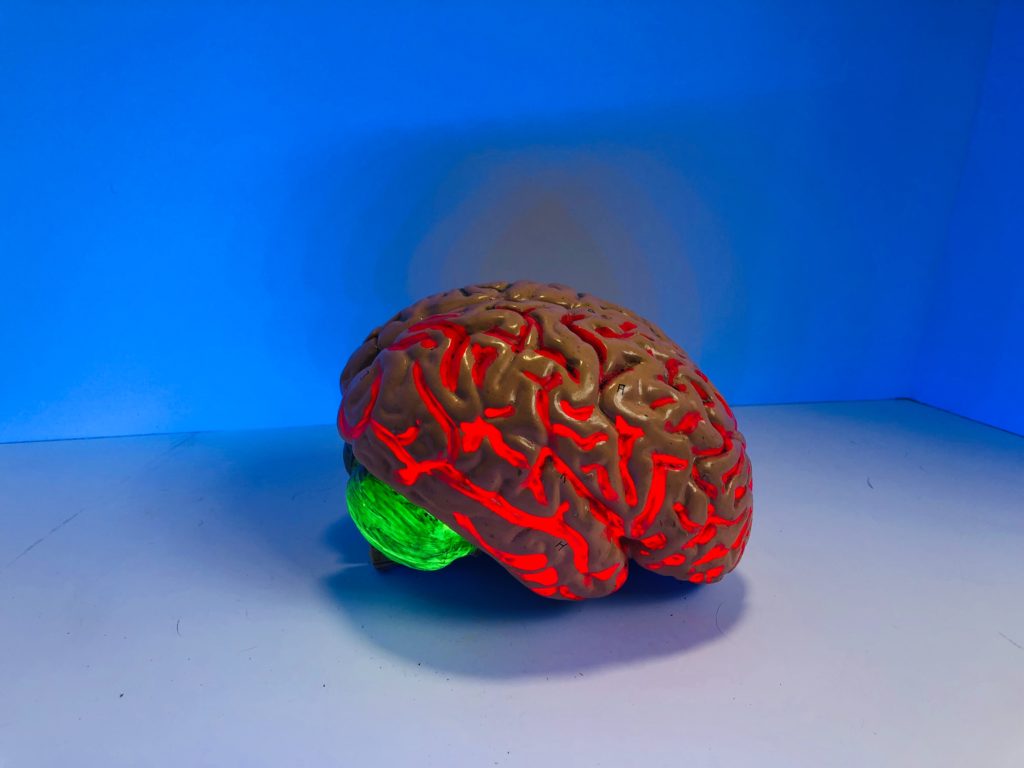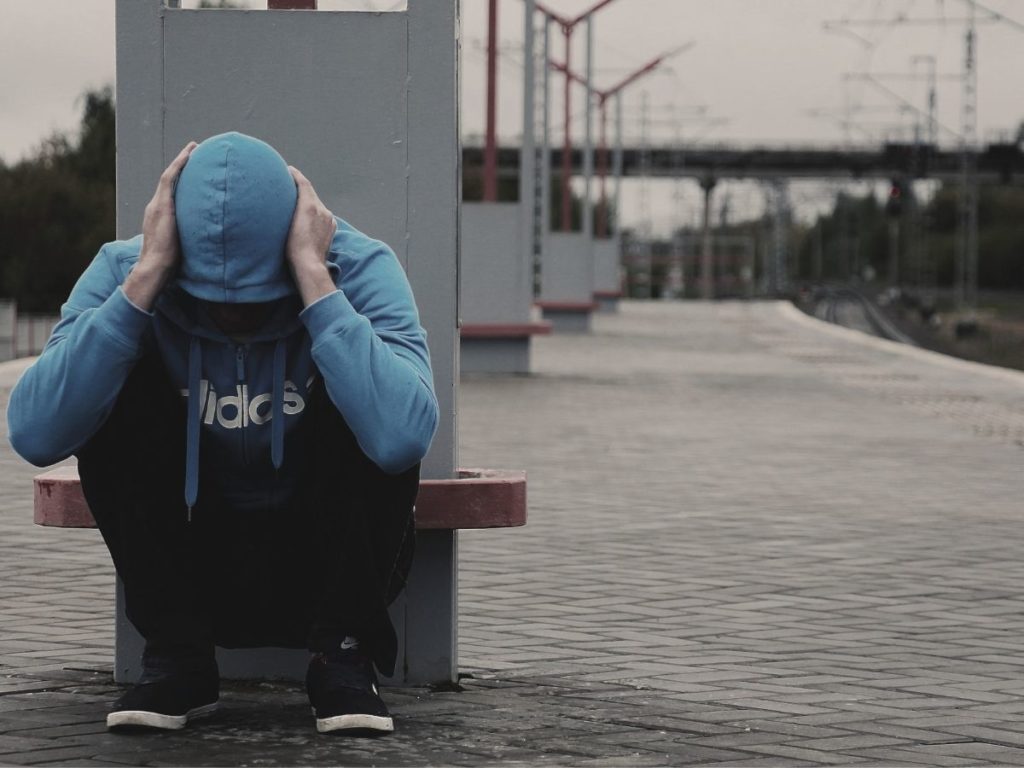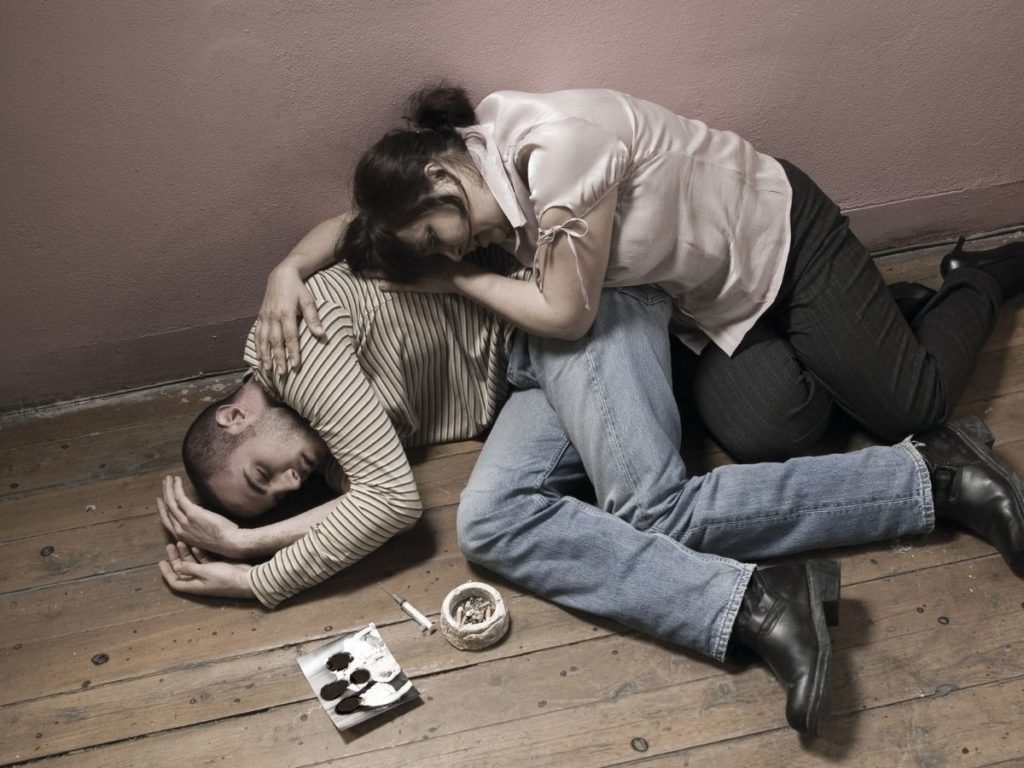What Are Psychoactive Drugs?
Psychoactive drugs, also called psychotropic drugs, are terms applied to chemical substances that change a person’s mental state by affecting the way the brain and nervous system work. This can lead to intoxication, which is often the main reason people choose to take psychoactive drugs. The changes in brain function experienced by people who use psychoactive substances affect their perceptions, moods, and/or consciousness.
Psychoactive drugs are found in several medications as well as in alcohol, illegal and recreational drugs, and some plants and even animals. Alcohol and caffeine are psychoactive drugs that people most commonly use to alter their mental state. These drugs are legally available, but can still be physically and psychologically harmful if taken to excess.
Usually, people decide when and how they want to use psychoactive drugs. In some situations, however, psychoactive drugs are used to alter someone’s mental state to exploit the person. A common example of this is the date-rape drug Rohypnol, which is illegal in the U.S.

Risks Of Psychoactive Drugs Use
You should also be aware that taking prescribed psychoactive drugs in ways other than intended, for example, taking drugs that have been prescribed for someone else, even if they have been given to you, is illegal. Natural substances, such as hallucinogenic mushrooms and cacti, and the leaves, flowers, and buds of certain plants may also be psychoactive. Some people think that, because these substances occur naturally, they are less harmful than manufactured drugs. However, that is not the case.
The reason for this is because the person taking the substance has no control over the strength of the plant’s psychoactive substance or toxicity, as there is in manufactured drugs. The same is true of street drugs purchased from a drug dealer, which are typically cut with a variety of other psychoactive and filler substances, some of which may be harmful. A drug or medication that’s termed “psychoactive” isn’t necessarily addictive, although many are.
Psychoactive Drugs Addiction
The fifth edition of the Diagnostic and Statistical Manual of Mental Disorders, Fifth Edition (DSM-5) is used by clinicians to diagnose individuals suffering from various psychological disorders. Drug use disorders are addictive disorders, and the criteria for specific substance (drug) use disorders are described in DSM-5. A person who has a substance use disorder often uses more of the substance than they originally intended to and continues to use that substance despite experiencing significant adverse consequences. In individuals diagnosed with a substance use disorder, there is a compulsive pattern of drug use that is often associated with both physical and psychological dependence.
Physical dependence involves changes in normal bodily functions—the user will experience withdrawal from the drug upon cessation of use. In contrast, a person who has psychological dependence has an emotional, rather than physical, need for the drug and may use the drug to relieve psychological distress. Tolerance is linked to physiological dependence, and it occurs when a person requires more and more drugs to achieve effects previously experienced at lower doses. Tolerance can cause the user to increase the amount of drug used to a dangerous level—even to the point of overdose and death.

Drug withdrawal includes a variety of negative symptoms experienced when drug use is discontinued. These symptoms usually are the opposite of the effects of the drug. For example, withdrawal from sedative drugs often produces unpleasant arousal and agitation. In addition to withdrawal, many individuals who are diagnosed with substance use disorders will also develop tolerance to these substances.
Psychological dependence, or drug craving, is a recent addition to the diagnostic criteria for substance use disorder in DSM-5. This is an important factor because we can develop tolerance and experience withdrawal from any number of drugs that we do not abuse. In other words, physical dependence in and of itself is of limited utility in determining whether or not someone has a substance use disorder.
Classifications For Psychoactive Drugs
There are several ways in which psychoactive drugs are classified:
- By their common effects (effects they all have) in the brain and body—for example, stimulants and depressants
- By their likelihood to cause addiction (high to low)
- By their chemical structure
- By U.S. Drug Enforcement Administration schedules I-V, which classifies these drugs by the potential for abuse (“I” is highest, “V” is lowest)
Groups of psychoactive drugs include stimulants, depressants, narcotics (opioids), hallucinogens, and marijuana (cannabis).
Stimulants
Stimulants are a class of psychoactive drugs that excite the central nervous system and increase arousal. People who take stimulants will usually experience a boost of energy and feel more alert while also experiencing an elevated heart rate and increase in blood pressure.
Some examples of stimulants include:
While many people depend on their daily cup of coffee to make it through the day, more powerful stimulants like cocaine and meth are dangerous when abused. They can lead to serious long-term health issues including cardiovascular problems. Those addicted to these drugs should find an appropriate substance abuse treatment center to help them quit before these problems become irreversible.
Depressants
Depressants are a type of psychoactive drug that inhibits and slows down the central nervous system. Depressants usually have a calming effect on the body and can be used to treat anxiety, muscle spasms, and sleep disorders.
Some examples of depressants include:
- Alcohol
- Benzodiazepines
- Tranquilizers
While many depressants have legitimate medical purposes, they are dangerous when abused. Taking too many of these psychoactive drugs at once can lead to overdose and life-threatening effects like shallow breathing, slowed heart rate, and coma. People abusing this type of psychoactive drug should seek a drug or alcohol detox program to quit.
Opioids
Opioids include prescription painkillers, heroin, and synthetic opioids that were originally derived from the opium poppy plant. What makes this psychoactive drug type unique is its ability to relieve pain. Other side effects of opioids can vary dramatically from euphoria to nausea.
Some examples of opioids include:
- Vicodin
- Oxycodone
- Morphine
- Heroin
- Fentanyl
While opioids are often used by doctors for pain relief, they are highly addictive. As reflected by the opioid crisis, the number of people misusing and becoming addicted to these drugs has skyrocketed in the past two decades. Many people begin by abusing prescription painkillers before turning to harder opioids like heroin. If you or someone you care about is addicted to prescription painkillers, get into a prescription drug detox before the problem escalates.
Hallucinogens
While these other classes of psychoactive drugs do have some psychological effects, hallucinogens are best known for their dramatic mind-altering effects. Hallucinogens may lead to hallucinations and delusions as well as a variety of other psychological and physical effects.
Some examples of hallucinogens include:
- LSD
- Magic mushrooms
- PCP
- Ketamine
Although hallucinogens may have a lower risk of addiction than other types of psychoactive drugs, they can lead to erratic or risky behavior that may result in a serious injury. While there are several types of psychoactive drugs with varying effects, all of them can be dangerous if abused. If you or someone you care about has started abusing these drugs, do not wait to get help.
Marijuana (cannabis)
Examples of the psychoactive effects of marijuana include changes in sensory perception; euphoria; relaxation; appetite changes; impaired memory, concentration, and coordination; and changes in blood pressure. Marijuana is the only drug in its class.
Designer Drugs
Designer drugs, formerly known as “legal highs,” are chemicals that are produced to mimic the effects of other psychoactive substances such as stimulants, hallucinogens, sedatives, or a combination. As their chemical composition is often unknown and evolving, they present clear challenges to toxicologists, medical staff, and society. They include bath salts, mephedrone, W18, MXE, spice, and many others.
Growing Numbers of Psychoactive Drugs Overdoses
A recent large-scale study analyzed incidents of psychoactive drug abuse and overdose situations from 2000 – to 2017. It was found that psychoactive drug overdoses have been growing in recent years, with poisoning from these drugs on the rise. Of the 67,369 psychoactive drug overdose cases from 2000 to 2017, anticholinergic plants caused 21% of overdoses, hallucinogenic mushrooms caused 15.6%, and marijuana caused 46.9%.
The study also showed that the number of psychoactive drug overdose cases is growing nationwide, and young adults are especially susceptible to the dangers of these drugs. Because these illegal drugs are largely unregulated, their contents can be a mystery, and their effects can quickly grow from dangerous to deadly. This growing trend in psychoactive drug use and poisoning is concerning, especially as these drugs become deadlier. If you or someone you love is abusing hallucinogens, dissociative, or other psychoactive drugs, help is out there. Getting sober starts with getting help.

Reclaim Your Life From Psychoactive Drugs With Dual Diagnosis Rehab Washington
Addiction to Psychoactive Drugs is a serious condition that can cause severe health, social and economic problems that should not be taken lightly. We Level Up dual diagnosis rehab Washington can provide you, or someone you love, the tools to recover from the effects of psychoactive drugs with professional and safe treatment. Feel free to call us to speak with one of our counselors. We can inform you about this condition by giving you relevant information. Our specialists know what you are going through. Please know that each call is private and confidential.
We Level Up Washington Mental Health Center: Primary Mental Health Treatment with Secondary Co-Occurring Treatments
The We Level Up Washington primary mental health center stands ready to help. Offering secondary treatment programs for underlying conditions like a psychoactive drug addiction that frequently fuels harmful behaviors. Taking that first step to get the professional support you need can be life-transforming.
We know how mental health disorders and secondary co-occurring substance abuse diagnoses directly affect one another. The We Level Up Washington treatment center provides recovery programs through science-based mental health treatments that can help you feel better. Call us now for a free mental health evaluation!
Inpatient medical detox and residential primary addiction treatment may be available at affiliated facilities at other We Level Up Treatment Centers locations beyond the Washington treatment facility.